Diablo IV, the highly anticipated continuation of the massively popular franchise, has finally arrived. Developed by Blizzard Entertainment, Diablo IV brings back the thrilling action role-playing game (ARPG) experience steeped in a dark and gritty world full of demonic horrors. In addition, the game promises an engaging mix of class-specific abilities, character leveling, item acquisition, and a vast open-world environment. This comprehensive guide will cover everything new and returning players need to know about Diablo IV.
Understanding the Basics
Before diving into the world of Sanctuary, it’s essential to grasp the gameplay mechanics that make Diablo IV unique. The game builds upon the tried and true ARPG formula by incorporating elements like dynamic weather, random dungeons, and fluid combat. It also introduces a seamless open-world environment that blends exploration with impactful story-driven quests. By understanding the core gameplay and mastering character leveling and item acquisition, you’ll be ready to face the dreaded evils lurking in the shadows.
1. Combat Mechanics:
Smooth, dynamic combat lies at the heart of Diablo IV. Players can unleash havoc on demonic foes and swiftly react to dangerous encounters by combining powerful class abilities with fluid movement and strategic positioning. In addition, the game employs a resource management system, with each class having its own unique resource to balance during combat. This system adds depth to character builds and encourages thoughtful play.
2. Dynamic Open World:
Diablo IV’s seamless open-world environment deftly merges exploration with story-driven quests and dynamic events. The game world features diverse regions, each with unique biomes, weather conditions, and day-night cycles. This level of detail adds richness to the player’s experience and ensures that your exploration of Sanctuary is constantly engaging and alive with unpredictable situations.
3. Dungeon System:
Randomly generated dungeons are a crucial part of Diablo IV’s gameplay. These dungeons feature various layouts, enemies, and loot, providing replay value and new challenges on each run. Also, the dungeons are segmented into distinct categories, such as traditional dungeons and nightmare dungeons, that cater to different levels of difficulty and player preferences.
4. Loot and Crafting:
Item acquisition and crafting are essential in Diablo IV. Loot drops, including weapons, armor, and new skills, will enhance your character and provide unending motivation to seek out fearsome foes. The addition of occultist and blacksmith NPCs allows for better crafting, upgrading, and management of gear, which helps characters progress even further.
Class Selection
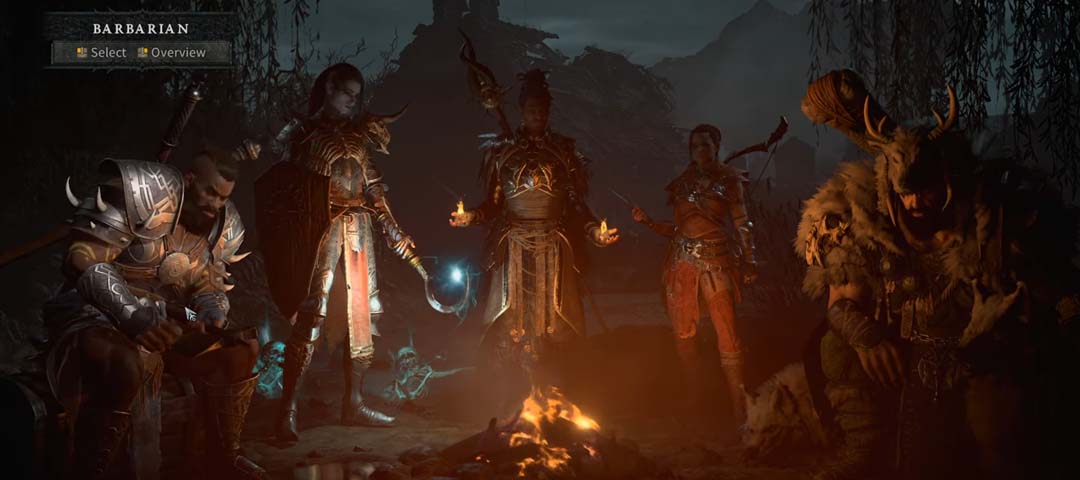
Diablo IV offers five distinct character classes – Barbarian, Druid, Necro, Rogue, and Sorcerer – each boasting unique abilities and playstyles. Picking the right class is crucial to your overall enjoyment of the game. Below, we provide an overview of each class, delving into their strengths, weaknesses, and defining characteristics.
- The Barbarian: The Barbarian, a formidable melee warrior, harnesses the power of ancient ancestors to deal jaw-dropping damage. Equipped with heavy weapons and herculean strength, Barbarians are the embodiments of raw power and unmatched resilience.
- The Druid: Drawing upon the power of nature, Druids expertly shape-shift between human, werewolf, and werebear forms to devastate enemies with a blend of primal magic and brute strength. As master shapeshifters, versatility is the Druid’s defining trait.
- The Necro: Raising the dead to do their bidding, Necromancers are the dark masters of life and death. Heavily relying on minion summons and debilitating curses, Necros are the strategists who excel at controlling the battlefield from afar.
- The Rogue: Quick, agile, and deadly, Rogues are the assassins of Diablo IV, striking shadows that come and go in the blink of an eye. Specializing in both ranged and close-quarters combat, Rogues offer a balanced playstyle ideal for players who enjoy versatility and stealth.
- The Sorcerer: Wielding the arcane forces of the elements, Sorcerers are the glass cannons of Diablo IV. Although fragile, their immense power allows them to annihilate foes with devastating spell combinations. Choosing the Sorcerer means embracing the true essence of control.
Building Your Character
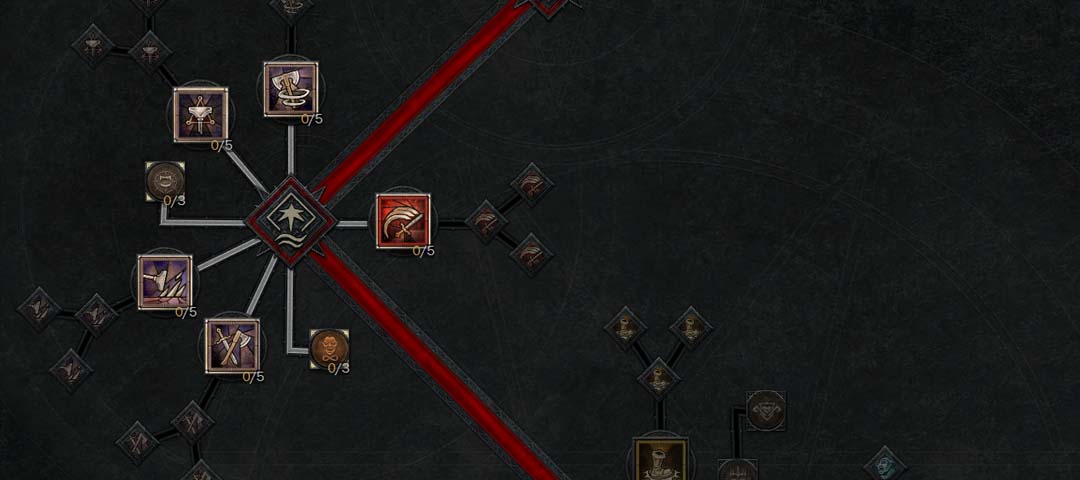
Constructing a compelling character in Diablo IV revolves around strategically selecting core skills, utility skills, and passives. As you advance through the game, you’ll unlock many abilities contributing to your character’s combat effectiveness. The key to creating a powerful character lies in understanding the raw strength of each ability and recognizing the synergies between them. This is where the concept of character ‘builds’ comes into play, effectively combining skills and abilities that complement each other to form a cohesive whole.
Consider the Barbarian class, for example. The Barbarian class relies heavily on raw physical damage, with skills that allow you to leap into enemy lines, whirl through foes, and execute powerful weapon strikes. A common synergy for the Barbarian would be to combine the ‘Leap’ skill (which allows you to jump into the heart of combat) with ‘Whirlwind’ (a skill that damages all nearby enemies). By leaping into a cluster of enemies and immediately triggering Whirlwind, you can simultaneously deal high amounts of damage to multiple targets.
Moreover, the Barbarian’s passive abilities can further enhance this synergy. For instance, a passive ability might provide increased armor or damage resistance after using Leap, allowing you to withstand more punishment after diving into a group of enemies. Another passive might enhance the damage of your Whirlwind ability if used shortly after another skill, thus making your Leap-Whirlwind combination even more deadly.
Utility skills are the final piece of the puzzle when creating a cohesive build. For the Barbarian, a utility skill such as ‘War Cry’ could boost your defense and attack power, enhancing both your survivability and damage output during your Leap-Whirlwind assault.
As you can see, a robust character build isn’t simply about selecting the strongest individual skills. Instead, it’s about understanding how these skills can be combined to complement each other, creating a sum greater than its parts. This process of exploration and experimentation is one of the many joys of Diablo IV, offering virtually limitless possibilities for how you choose to battle the hordes of the underworld.
Navigating the Game Activities
Whether you’re a solo adventurer who enjoys a compelling narrative, a daring dungeon crawler, a competitive player eager for player-versus-player (PvP) action, or a cooperative player who thrives in team challenges, Diablo IV has something in store for everyone. Knowing what to expect from each activity and how best to prepare can make the difference between life and death in Sanctuary.
- Story-driven Campaign: The story-driven campaign forms the heart of Diablo IV. The narrative unfolds through a series of quests given by non-player characters (NPCs) leading you across various Sanctuary regions. Each quest brings you closer to uncovering the plot’s mysteries while providing valuable experience, gold, and items. Pay close attention to dialogue and quest texts, as they often provide hints and lore that enrich your understanding of the world.
- Dungeons: Dungeons are perilous, labyrinth-like areas teeming with enemies and loot. Traditional dungeons provide varying layouts, enemies, and challenges, making each venture unique. They end with a boss fight, which rewards you with a significant loot drop when victorious. On the other hand, nightmare dungeons are Diablo IV’s version of harder, endgame dungeons, requiring more skill and better gear. They offer higher rewards, including top-tier items and greater experience gains. Be sure to prepare appropriately with consumables and upgraded gear before tackling these dangerous depths.
- World Bosses: World bosses represent one of the most formidable challenges in Diablo IV. These colossal creatures require a group of well-equipped players to defeat, testing individual skill and team coordination. The reward, however, is often worth the risk, as world bosses drop some of the game’s most valuable items. Joining a party and strategizing before these fights can significantly increase your chances of success.
- PvP Areas: PvP areas, or Player vs. Player zones, offer a change of pace from the PvE (Player vs. Environment) content. In these designated locations, you can engage in combat against other players, testing your skills and build against human opponents. Winning PvP battles can earn you unique rewards, such as PvP-specific gear and bragging rights. It’s essential to keep an eye on your equipment and strategy, as player combat can be unpredictable and requires a different approach compared to fighting AI opponents.
- Dynamic Events: Dynamic events are spontaneous occurrences throughout the game world that offer short-term objectives. These could range from defending a town from an onslaught of demons, helping a wandering merchant reach his destination, or slaying a powerful elite monster terrorizing the area. Participating in these events can provide quick experience boosts and additional loot and add a layer of immersion and unpredictability to the game world.
Understanding Renown and Progression
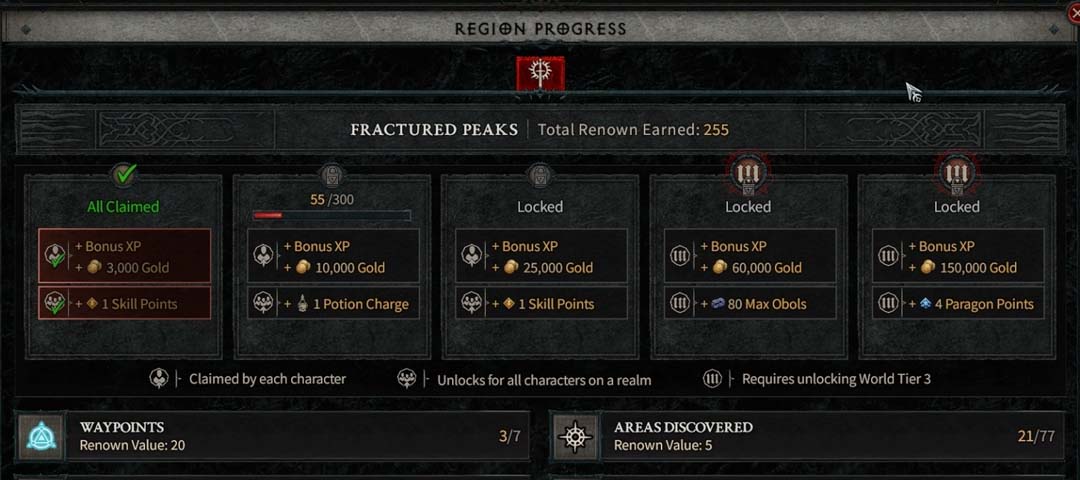
Earning Renown involves engaging in many activities demonstrating your courage and effectiveness as a hero. Visiting and paying homage to Lilith Statues scattered throughout the game world, completing regional challenges, and defeating powerful bosses are all actions that contribute to your Renown, underscoring the importance of exploration and engaging with the game’s diverse content. The more you participate in the various activities, challenges, and quests, the more Renown you’ll accumulate.
Increasing your Renown and reputation will unlock skill points, potion charges, and Paragon points. Each of these resources offers invaluable advantages and helps define the progression path for your character.
Managing Gear, Legendary Powers, and the Codex of Power
Mastering your character’s development and performance goes beyond mere skill selection and strategy. It’s equally crucial to upgrade your gear, manage Legendary Powers, and understand the importance of the Codex of Power. These elements are intimately connected and significantly boost your character’s potential, allowing you to handle even the most challenging demonic adversaries.
Upgrading Gear: Equipment forms the backbone of your defense and attack power. Upgrading your gear at the blacksmith not only increases your basic stat line but also provides you with additional benefits such as resistances, bonus effects, or even new abilities. As you progress, you’ll find gear with higher rarity and potency. Taking the time to upgrade your gear periodically ensures that you’re always ready for the challenges that lie ahead.
- Managing Legendary Powers: Legendary items in Diablo IV come with unique abilities or powers, which can be game-changing when used correctly. As you continue your adventure, you will come across a variety of Legendary items, each boasting unique abilities that can be leveraged for strategic advantage. But there’s more to these items than just equipping them. Through the services of the occultist, you can imbue your gear with Legendary Powers, customizing your loadout to suit your playstyle or to counter specific enemies effectively.
The Codex of Power: The Codex of Power is a unique feature of Diablo IV that closely ties in with the Legendary Powers. Each dungeon in the game holds an associated Legendary Power. Upon completion of a dungeon, you unlock the ability to use its Legendary Power within the Codex of Power. This feature allows you to mix and match powers, tailoring your build to face the specific challenges that await you. The Codex of Power doesn’t just reward your dedication to dungeon delving; it opens up a world of possibilities for character customization and strategy.
In addition, you can also disenchant Legendary items that you find during your journey to extract their unique powers. Once extracted, these powers can then be used to enchant other items, providing an extra layer of customization and power growth.
Understanding Difficulties and World Tiers
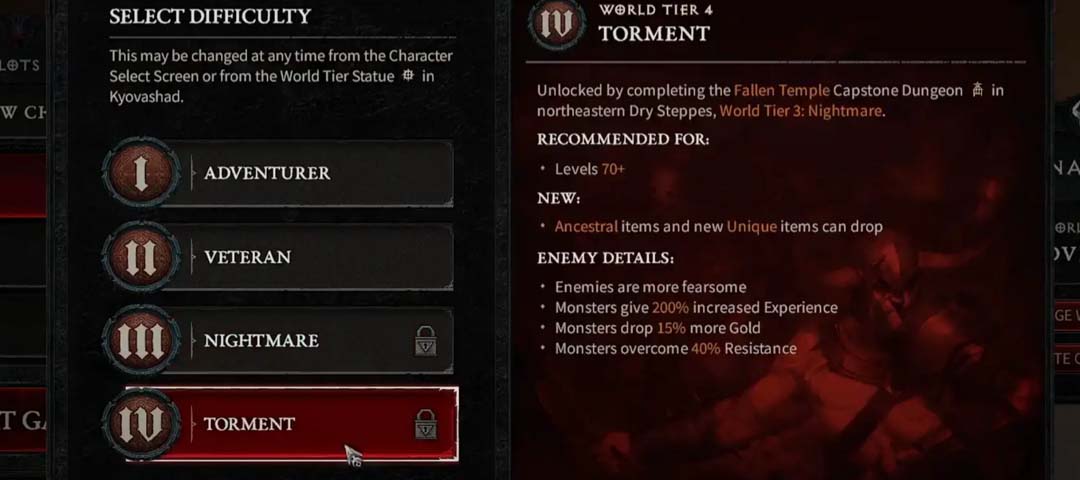
Diablo IV introduces a dynamic difficulty system that adapts to your character’s progression, ensuring that the game remains a challenge no matter how powerful you become. This system is realized through the implementation of World Tiers and corresponding Item Tiers. Together, they form an intricate progression ladder that encourages continuous character growth and offers increasingly rewarding loot.
The World Tiers in Diablo IV are essentially difficulty levels that govern the strength of enemies and the quality of the loot they drop. As a beginner, you start in World Tier 1 or 2, where the enemies are relatively easy to defeat, and the loot dropped is of basic quality. However, as you gain experience, level up, and become stronger, you can opt to increase the World Tier. Higher World Tiers offer more significant challenges in the form of tougher enemies but also reward you with better quality loot and higher chances for rare item drops.
Increasing your World Tier is not a decision to be taken lightly. While the prospect of better loot is enticing, it comes with the challenge of facing stronger enemies that have more health, deal more damage, and may have additional abilities. Therefore, it’s essential to ensure that your character build, gear, and skill level are up to the task before advancing to a higher World Tier.
Paragon Boards: Enhancing Your Power in the End Game
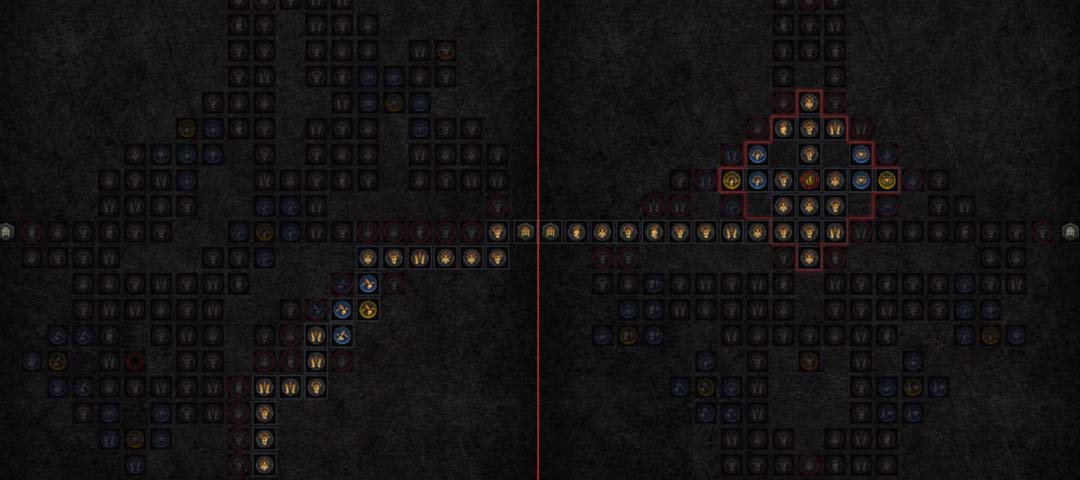
Once you reach the maximum character level, you’ll start to earn Paragon points, and this is where the game’s new Paragon boards come into play. Paragon Boards are essentially talent trees or skill grids for your Paragon progression. Each class in Diablo IV has its own unique Paragon boards, reflecting the distinct playstyle and abilities of the class. These boards are made up of interconnected nodes where you can spend your earned Paragon points.
Each Paragon board consists of two types of nodes:
- Stat Nodes: These nodes are more straightforward and provide incremental increases to your character’s basic stats such as Strength, Dexterity, Vitality, and Intelligence. Although simple, these boosts are essential to improving your character’s overall power.
- Glyph Nodes: Glyph nodes are the special nodes on the Paragon board that grant your character unique bonus effects when unlocked. These bonuses could range from enhancing your class-specific abilities, increasing your damage output or survivability, to even altering the mechanics of your existing skills. The choices you make here can significantly affect your character’s playstyle and effectiveness in various game scenarios.
Maximizing Your Paragon Board
There’s a strategic element to using Paragon Boards effectively. Since you cannot unlock all nodes on the board, you need to plan your progression route wisely, focusing on the nodes that best complement your playstyle, your chosen skills, and your gear.
Deciding on a specific path on the Paragon board will require an understanding of your character’s strengths and weaknesses, as well as your preferred way of playing the game. Are you a front-line brawler that values survivability above all else? Or are you a high-damage dealer that’s willing to trade some resilience for more power? These are the types of questions you’ll need to consider.
It is also worth noting, while you can’t respec your Paragon points freely, there is a system in place allowing you to reset and reallocate your points at a cost. This feature provides room for experimentation, letting you try out different paths on the Paragon board without permanently locking in your decisions.
Our Conclusion
From mastering class-specific abilities to efficiently managing gold, this comprehensive guide is your starting point to conquering the world of Diablo IV. Remember the importance of understanding gameplay mechanics, activities, and progression systems –they are the foundation of a successful journey in Sanctuary. With these tips at your side, you will be well-equipped to make a lasting mark as a legendary hero against the demonic hordes. Happy demon-slaying, adventurer!


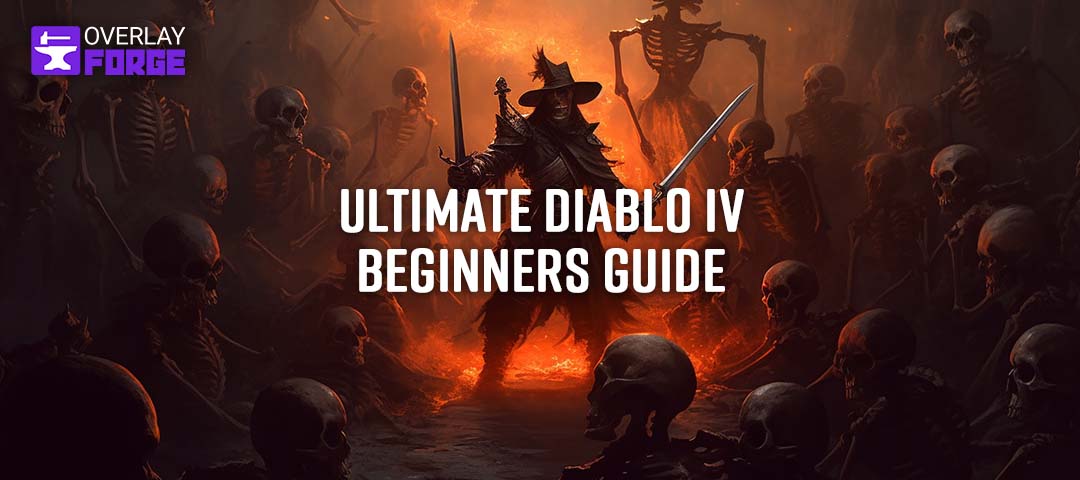
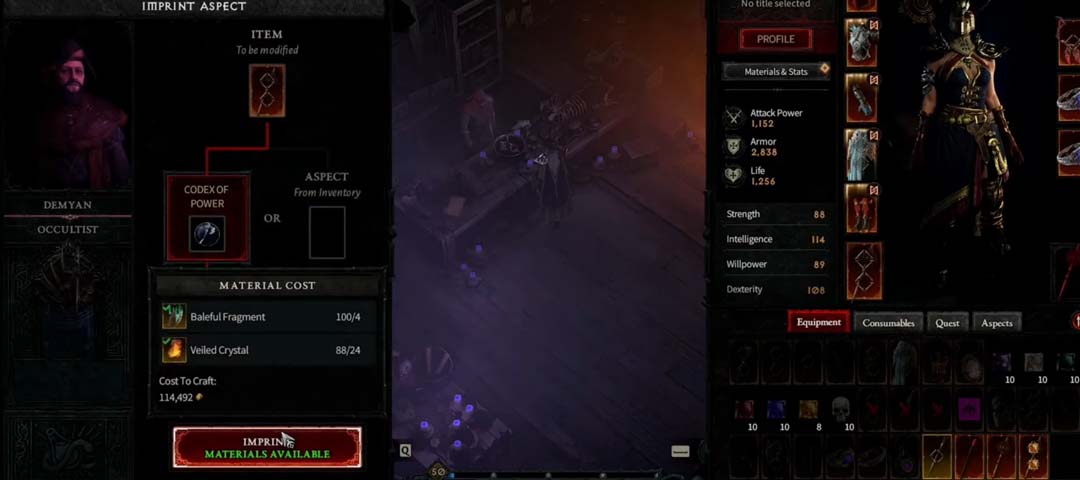 Upgrading Gear
Upgrading Gear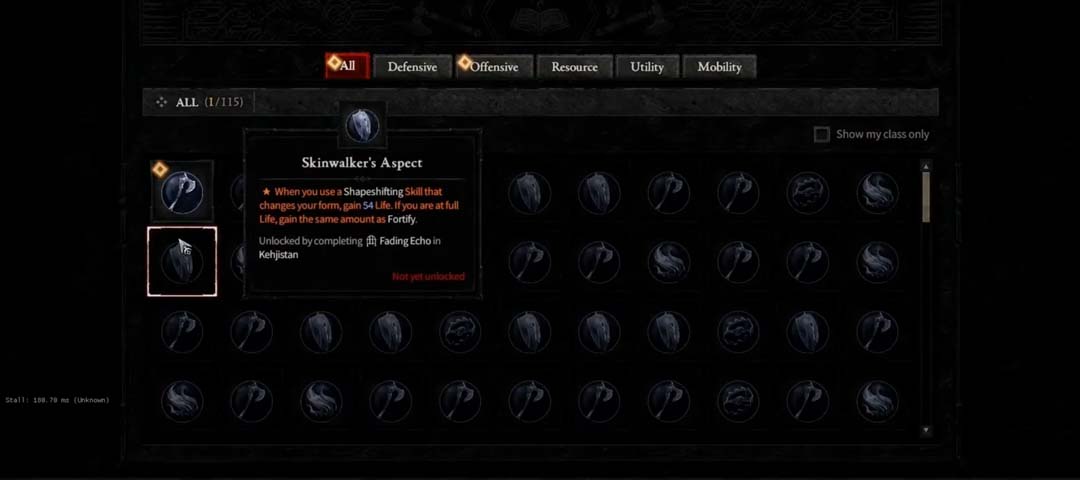 The Codex of Power
The Codex of Power